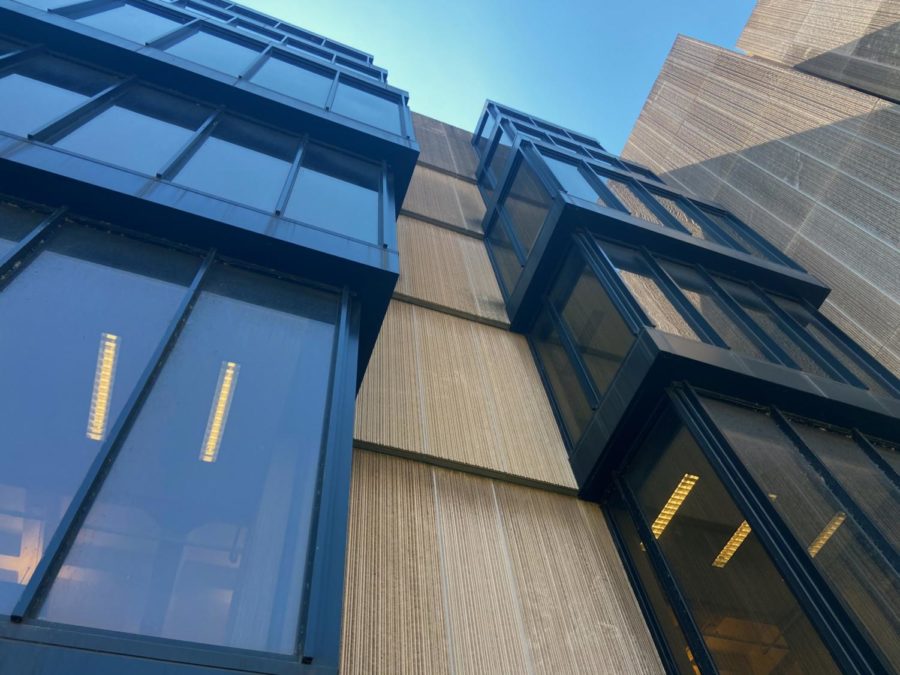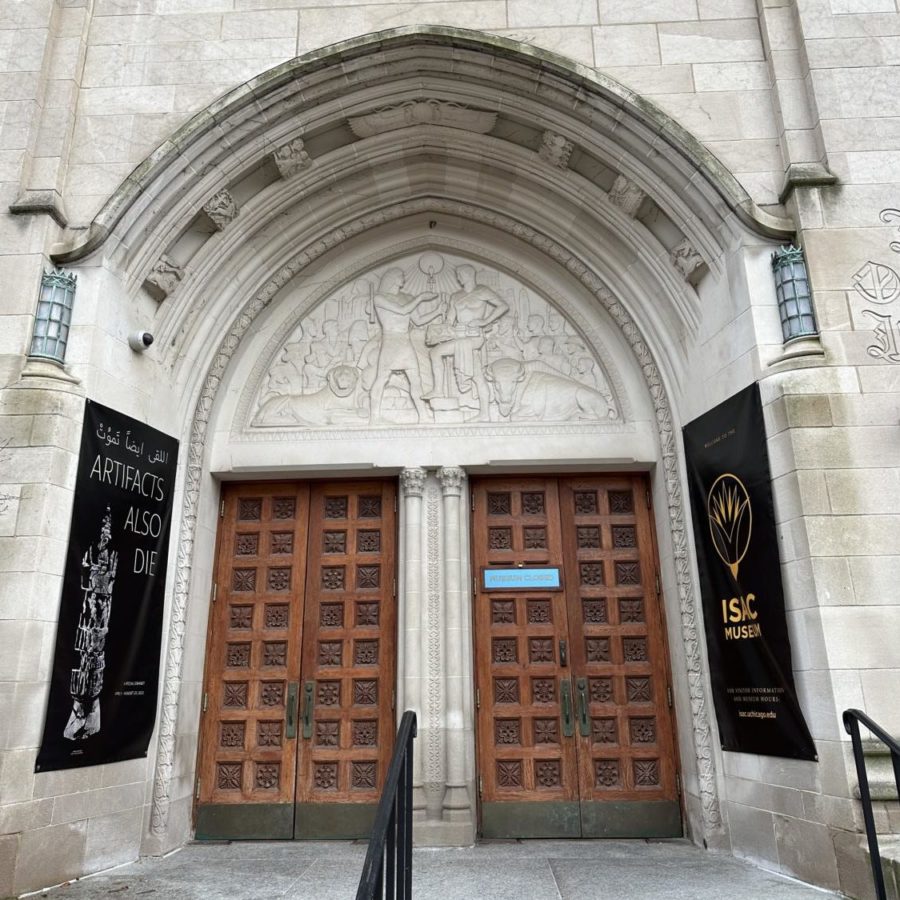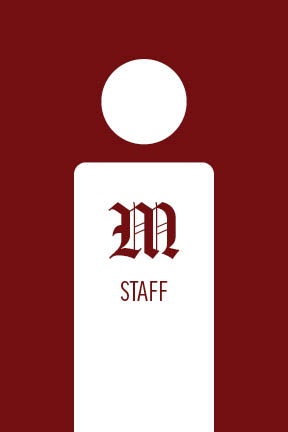In a bad economy, tough decisions have to be made. This is particularly evident at the University of Chicago Medical Center (UCMC), which, in light of a worsening economic climate, has been forced to trim $100 million from its operating budget. The moves garnering the most attention include decisions to lay off 450 employees, reduce the number of hospital beds in service, and divert non-emergency patients from the emergency room to other hospitals and clinics across the city.
These changes alone would undoubtedly have a deleterious effect on members of the Hyde Park community. But when the cutbacks are coupled with the closure of four city-run medical clinics across the South Side, including one in Woodlawn, the ability of local residents to obtain primary health care—non-emergency doctor’s office visits, general check-ups, and preventive consultations—becomes increasingly constrained.
Even more concerning is a recent report on the blog Hyde Park Progress that the University-run clinic on East 47th Street will shutter its doors for good by April. The nearly 100 doctors from the clinic will be moving to UCMC’s Duchossois, which is not currently accepting new adult patients. For neighborhood residents who don’t already have relationships with a physician at the clinic, this means that obtaining preventive or non-emergency care will likely involve a trek outside of Hyde Park.
As the University has extracted itself from providing primary care to Hyde Park, UCMC leaders have cited a journal article co-authored by chief executive James Madara suggesting that urban research hospitals could refer preventative care patients to local clinics in order to devote more resources to advanced research and treatment.
Such a system would flourish in a neighborhood with a good number of independently administered clinics that had the infrastructure to shoulder the burden of increased patient load. This is not the case in Hyde Park. The presence of UCMC clinics, in addition to the hospital’s prior willingness to treat non-emergency patients, has given city, federal, and charitable organizations less incentive to build or maintain their own offices in the area.
In the absence of those independent clinics, UCMC has a responsibility to the community that effectively subsidizes its tax-exempt status to provide a high-quality clinic. More saliently, though—at least from administrators’ point of view—is that it’s also in the University’s best interest to maintain the clinic. The U of C has made a conscious effort in recent years to make Hyde Park a more appealing place to live by improving retail and clamping down on crime. But stripping the neighborhood of its primary-care options is a step in the wrong direction.
Cutting costs is difficult and undesirable, but doing so forces institutions and businesses to lay clearly out their core priorities and missions. UCMC should take this opportunity to reaffirm its commitment to community care.
The Maroon Editorial Board consists of the Editor-in-Chief, Viewpoints Editors, and an additional Editorial Board member.










